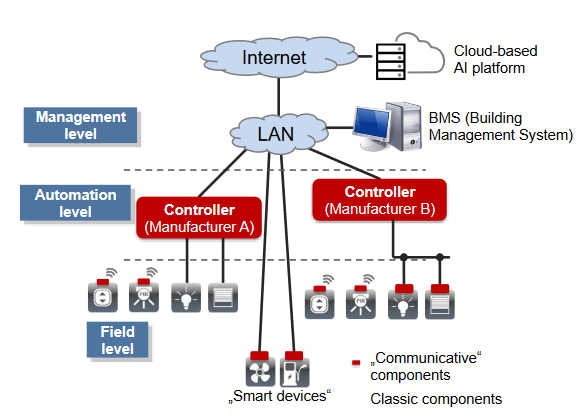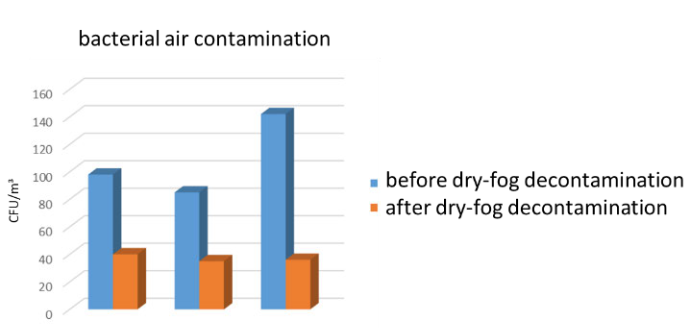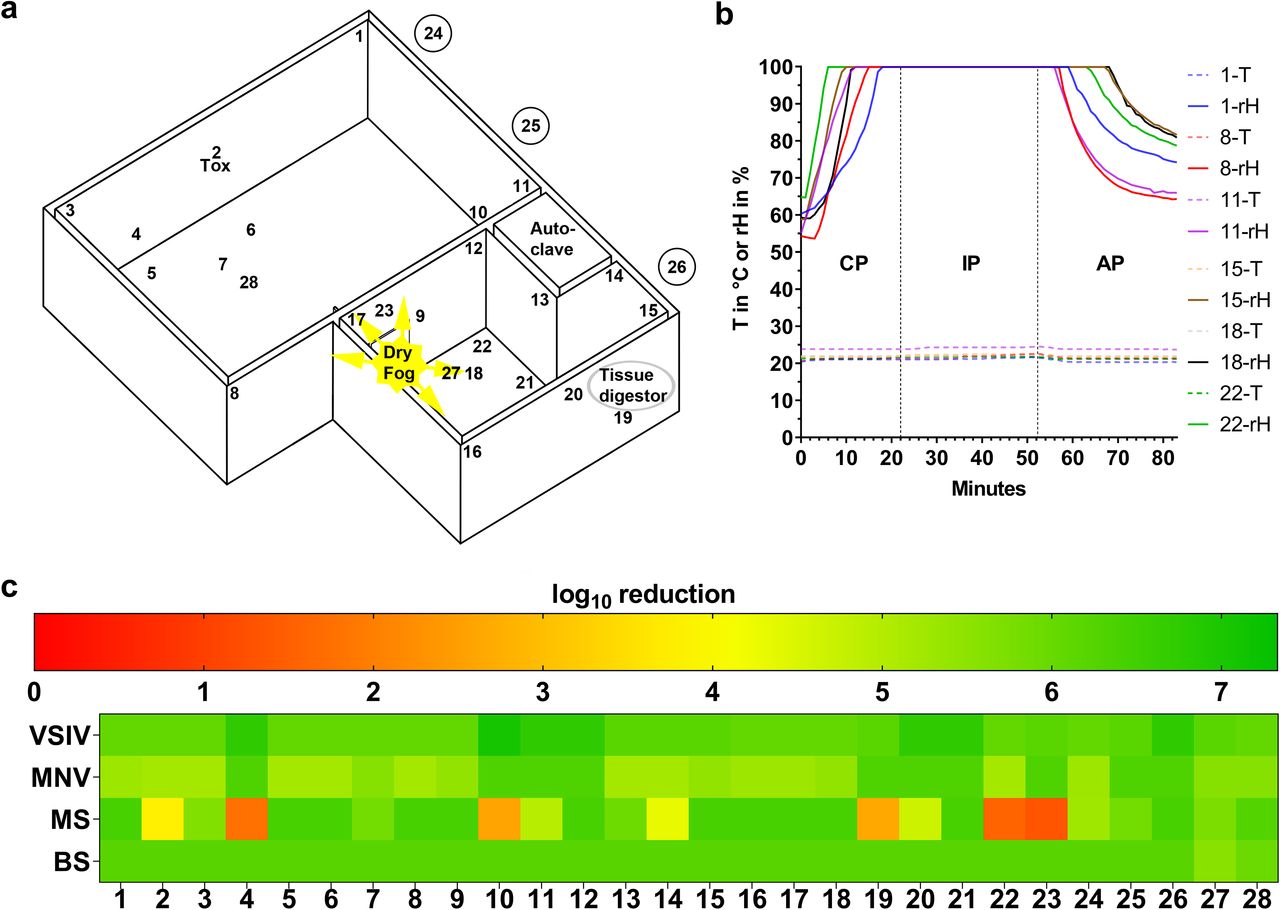-
Artificial Intelligence in the field of Building Automation

The term „AI – Artificial Intelligence“ is increasingly associated with buildings and building automation. The question is: what is it, where do its tangible benefits lie in this field, and how does the building infrastructure need to be adapted to realise those benefits?Today’s building automation systems in the main operate ‘statically’ in response to fixed…
-
How Far We Really Are From AI-Enabled Smart Buildings

Artificial intelligence (AI) has been a symbol of futuristic technological development since the mid-1950s but for the vast majority of that time it has been limited to the imaginations and research of academics and science fiction writers. In the last 10-years, however, our increasing computational capabilities have begun to lay the foundations for practical applications…
-
Building artificial intelligence into buildings

Automated building systems view spaces differently As artificial intelligence (AI) is integrated with building systems and Internet of Things (IoT) devices, it has the potential to improve occupant experience, increase operational efficiency, and optimize space and asset utilization. In the recent IBM Institute for Business Value (IBV) study, “The human-machine interchange,” 76 percent of Chief…
-
Dry-fog disinfection as an alternative methodfor room decontamination

Due to the fact that a relatively large area can be disinfected in a short time, dry-fog disinfection could have great potential to improve hygienic measures. However, there are few studies to date on the effectiveness and combinability of this technology with other devices. In this work, the disinfecting potential of the TBT dry fogging…
-
Airborne Disinfection by Dry Fogging Efficiently Inactivates Severe Acute Respiratory Syndrome Coronavirus 2 (SARS-CoV-2), Mycobacteria, and Bacterial Spores and Shows Limitations of Commercial Spore Carriers

Airborne disinfection of high-containment facilities before maintenance or between animal studies is crucial. Commercial spore carriers (CSC) coated with 106 spores of Geobacillus stearothermophilus are often used to assess the efficacy of disinfection. We used quantitative carrier testing (QCT) procedures to compare the sensitivity of CSC with that of surrogates for nonenveloped and enveloped viruses,…
